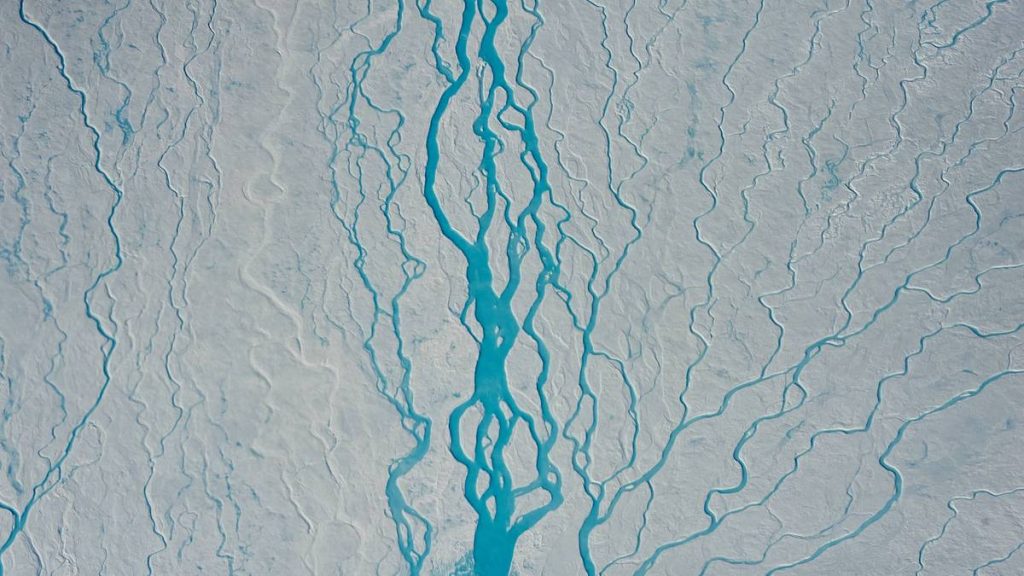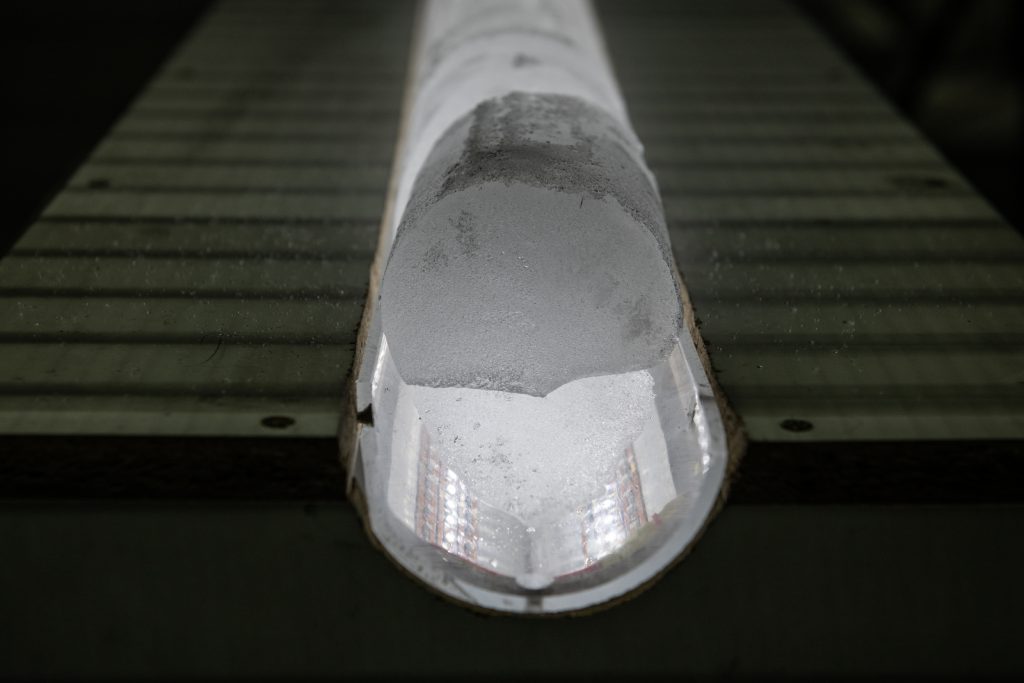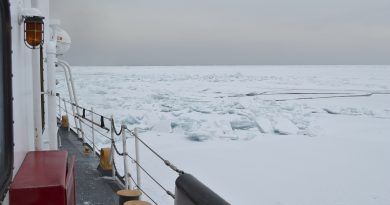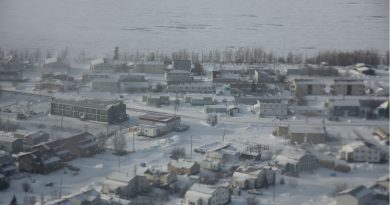Greenland’s temperatures warmest in last 1000 years, says study

The temperatures in north-central Greenland are the warmest they’ve been in the last 1,000 years, says new data released this week.
The research found that from 2001-2011, the region experienced the warmest decade in the last 1,000 years. In addition, the region was also 1.5 C warmer than during the 20th century.
“This data shows that the warming in 2001 to 2011 clearly differs from natural variations during the past 1,000 years,” Maria Horhold, a glaciologist at the Alfred Wegener Institute and the study’s lead author said in a statement.
“Although grimly expected in the light of global warming, we were surprised by how evident this difference really was.”
The paper, “Modern temperatures in central–north Greenland warmest in past millennium” was published on Wednesday in the journal Nature.
The study was done by scientists at Alfred Wegener Institute, Helmholtz Centre for Polar and Marine Research (AWI) and the University of Copenhagen’s Niels Bohr Institute.
Ice cores help unlock temperature history
Lower areas of Greenland have long been well monitored, but at the island’s higher elevations, there’s been a lack of ongoing scientific presence.
“Weather stations show that the coastal regions are warming, but the imprint of global warming in the central part of the ice sheet is unclear, owing to missing long-term observations,” the researchers say in their abstract.
To help counter that, the scientists turned to ice cores.

Previous cores dug up in the area in the 1990s presented challenges when it came to temperature reconstruction because of significant natural climate variability in the area.
To help rectify this, the scientists re-drilled cores near the original sites.
In 2011 and 2012, five of the ice-core sites were revisited and shallow firn cores were taken near the original drilling sites to complement the existing records.
“The temperatures were reconstructed by using consistently one single method for the entire record in the lab: measuring concentrations of stable oxygen isotopes within the ice, which vary with the temperatures prevailing at times of ice formation,” the AWI said.
“Previous studies had to draw on a range of different climate archives and combine results to reconstruct temperature, introducing much larger uncertainties in the assessment of natural variability.”
Sea level rise
Greenland’s Ice Sheet contains an estimated 3 million cubic kilometres of water.
When it comes to global sea-level rise, the Greenland ice sheet is projected to contribute up to 50 centimetres by 2100 if emission rates continue as is, the AWI said.

In addition to temperature, the study was also able to reconstruct melt by using regional climate models from the years 1871 to 2011 along with ice-mass changes from 2002 to 2021 observed by satellite.
With that, along with the temperature variations recorded in the ice cores, they were able to estimate melt rates over the last 1,000 years.
“We were amazed to see how closely temperatures inland are connected to Greenland-wide meltwater drainage – which, after all, occurs in low-elevation areas along the rim of the ice sheet near the coast,” Horhold said.
Particularities of Greenland Ice Sheet
Researchers on the project say it’s important to better understand dynamics on the Greenland Ice Sheet as they are evolving differently from other Arctic regions.
“Our reconstruction now offers a robust representation of temperature evolution in central Greenland, which has proven to have a dynamic of its own,” Thomas Laepple, an AWI climate researcher and co-author of the study, said. “We had expected the time series to strongly covary with the warming of the Arctic region.”

Scientists put this down to the height and thickness of the ice sheet which leaves it more susceptible to patterns in atmospheric circulation compared with other places in the Arctic.
“Temperature time series on the Arctic with regional resolution are needed in order to reliably describe climate change in the Arctic,” Laepple said.
Write to Eilís Quinn at eilis.quinn@cbc.ca
Related stories from around the North:
Canada: “Our climate is changing before our eyes,” says WMO upon release of new report, Eye on the Arctic
Greenland: Climate change accelerating ice loss from peripheral glaciers, Eye on the Arctic
Norway: Will the green transition be the new economic motor in the Arctic?, Eye on the Arctic
Russia: More Russian Arctic oil via Murmansk redirects to India, The Independent Barents Observer
Sweden: Sweden’s climate policies closer to reaching goals, Radio Sweden
United States: Bering Sea ice at lowest extent in at least 5,500 years, study says, Alaska Public Media




Temperature rise and sea level rise mean more global warming